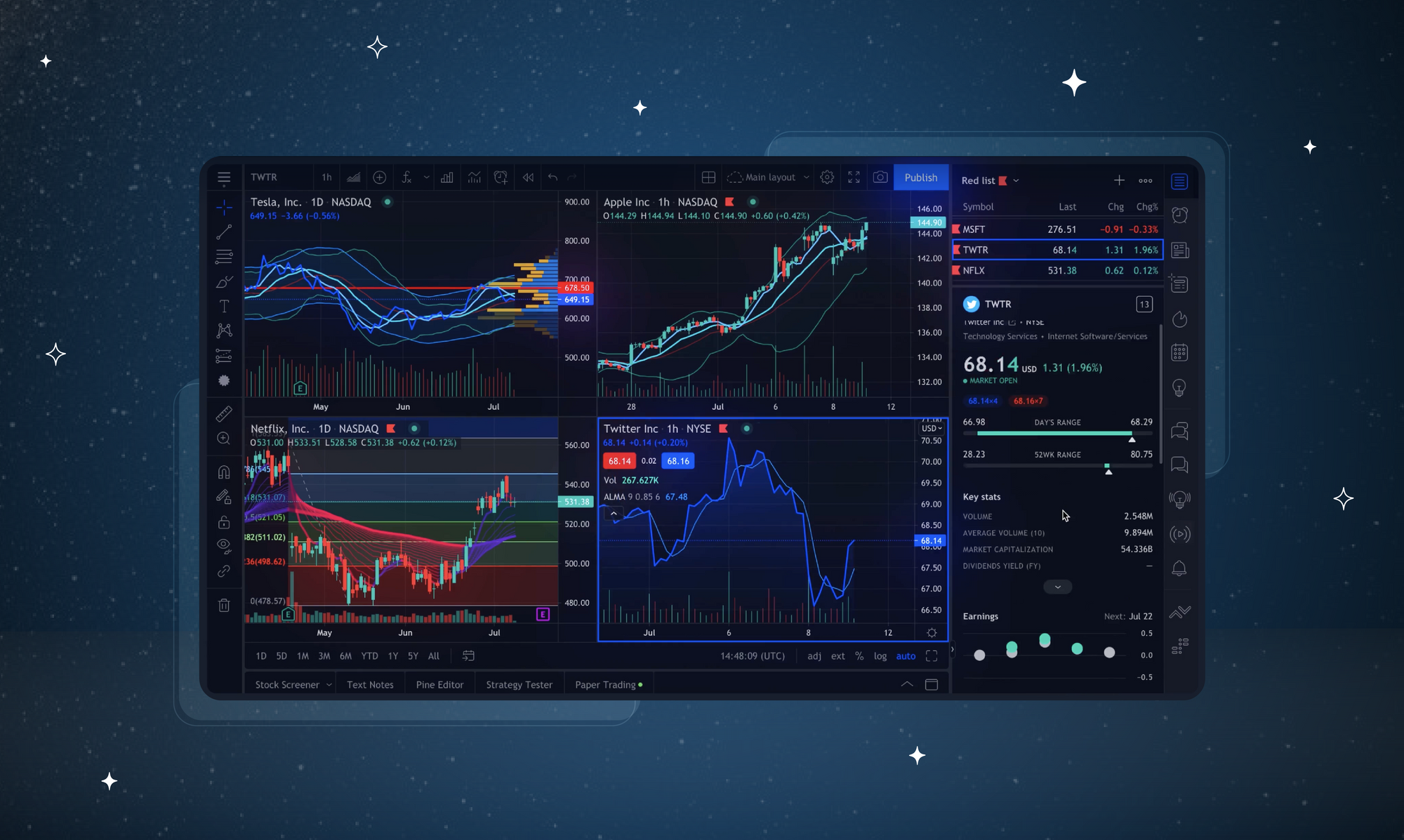
The author generated this text in part with GPT-3, OpenAI’s large-scale language-generation model. Upon generating draft language, the author reviewed, edited, and revised the language to their own liking. The content of this publication is for general use only.
Python is a powerful and versatile programming language that has recently gained popularity. One of the many reasons for its widespread use is its suitability for algorithmic trading, which involves using algorithms to make trades based on mathematical models. This article will cover why Python is considered a preferred programming language for algorithmic traders.
Simple and Easy to Understand
Python's simplicity and ease of use make it great for algorithmic traders who need to prototype and test new trading strategies quickly. Its syntax is easy to understand, and there are many libraries available that make it easy to perform complex tasks such as data analysis, visualization, and machine learning. For example, the popular Pandas library can be used for data manipulation and analysis, while the Matplotlib library is used for data visualization.
Supports Parallel Processing
Parallel processing is a technique that allows traders to improve the performance of their software. This feature is helpful for traders who want to test and evaluate their algorithms at high speed. Python provides several libraries and frameworks that simplify parallel processing, such as multiprocessing and concurrency modules.
Data Analysis and Visualization
Python also offers a rich set of libraries for data analysis and visualization. This allows traders to quickly and easily analyze large amounts of data, and identify patterns. Also, the language is stable and reliable, which is essential for traders who need to run their algorithms for a long period of time.
Easily Integrate with Financial Data Sources and Trading Platforms
Another important aspect of algorithmic trading is the ability to integrate easily with various financial data sources and trading platforms. Our python library Alpaca-py, built internally, offers complete module structures with relevant tools, documentation, code samples, examples, and guides to offer traders and developers a cohesive interface to interact with Alpaca’s complete set of API products.
An Open-Source Programming Language
In addition to its technical capabilities, Python also offers several other benefits for algorithmic trading. For example, it is an open-source programming language, which means that it is free to use and can be modified to meet specific needs. This makes it accessible to traders of all skill levels and budgets.
Python also has a massive and active community of developers and traders who share their knowledge, tools, and libraries. This makes it easy for algorithmic traders to find help and support when they need it. The community can also provide a wealth of resources, including tutorials, forums, and code snippets.
Conclusion
To summarize, Python may be the ideal choice for algorithmic trading due to its simplicity, ease of use, support for parallel processing, rich set of libraries, integration with financial data sources and trading platforms, large and active community, open-source nature, and more.
Interested in Exploring Alpaca-py?
If you want to learn more about Alpaca-py, the Official Python SDK of Alpaca, check out our documentation.






